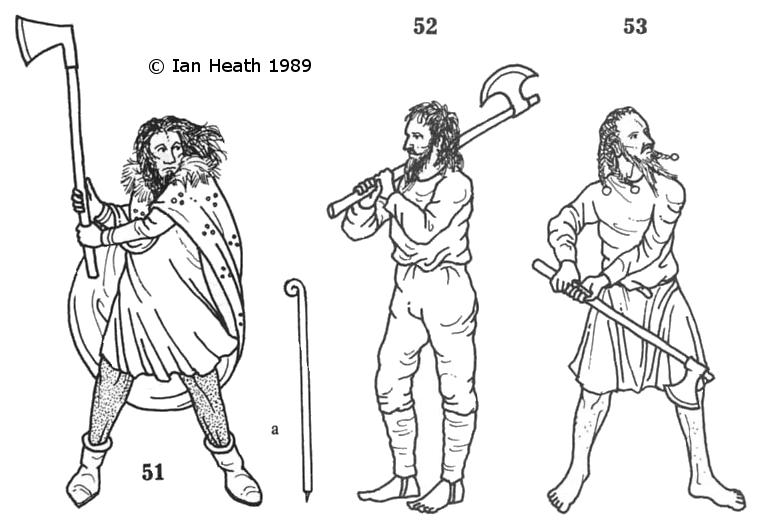
Amazon Audible Gift Memberships
IRISH WARRIORS, 12th-13th CENTURIES
An extract from Armies of Feudal Europe 1066-1300by Ian Heath

| ||
| [Based on Giraldus’ ‘Topography of Ireland’] | [Based on Chapter House Liber A] | [Based on the Shrine of St. Manchán, of Manghan, c. 1130] |
